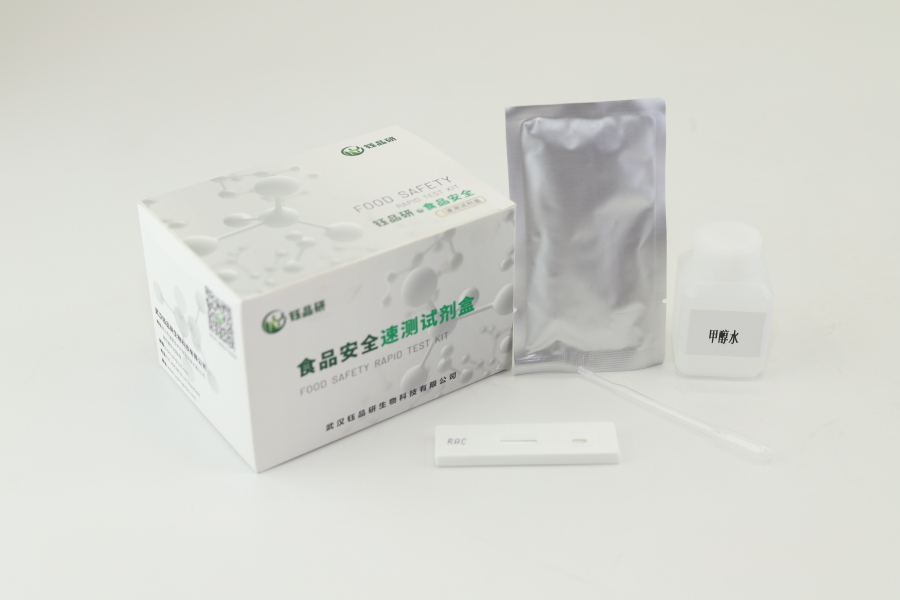As a traditional drink in our country, tea is deeply loved by the public, but pesticides may be used in the process of tea cultivation, and the problem of pesticide residues has always been the focus of consumers. How to quickly and accurately detect pesticide residues in tea to ensure drinking safety? The tea pesticide quick test card is such a convenient and efficient detection tool.
So, what exactly is the tea pesticide quick test card? In short, it is a rapid detection product based on immunochromatography technology. By fixing specific antibodies or enzymes on the test strip, when exposed to a tea sample containing pesticide residues, if there is a target pesticide in the sample, it will bind to the antibodies on the test strip to prevent subsequent color reactions, so as to intuitively determine whether it contains pesticide residues through color changes.
Its core detection principle is "specific binding of antigens and antibodies". The detection line of the quick test card is coated with the combination of the pesticide hapten and the carrier protein, and the quality control line is coated with the antibody against the pesticide. When the sample extraction droplets are added to the sample hole of the quick test card, if the sample does not contain pesticides, the antibody will bind to the detection line and the color will be positive; if it contains pesticides, the pesticide molecules will bind to the antibody first, resulting in the antibody cannot bind to the detection line. If the detection line does not show color, it is negative.
is also very simple to use, and can be operated by ordinary personnel without professional equipment and training. The specific steps are: take a small amount of tea sample (about 5 grams), soak it in 50 ml of buffer for 10 minutes, and take the supernatant; put the quick test card flat, and add 3-4 drops of supernatant with a dropper; let stand for 10-15 minutes and observe the results. If both the detection line and the quality control line develop color, it means that the tea leaves are free of pesticide residues; if the detection line does not develop color and the quality control line develops color, it indicates that the pesticide residues exceed the standard.
Compared with traditional detection methods (such as gas chromatography and liquid chromatography), the advantages of the tea pesticide quick test card are very outstanding: first, it is fast, the whole process only takes 15-30 minutes, without waiting for long laboratory testing; second, it is simple, without complicated pre-treatment, direct sampling and testing; third, it is portable and compact, and can be carried to the field, market or testing site; fourth, it is low cost, and the cost of a single test is much lower than that of large instruments; fifth, it is highly sensitive, capable of accurately detecting trace amounts of pesticide residues in tea leaves, and timely warning of safety risks. Whether it is tea production enterprises control the quality of raw materials, market supervision departments conduct random inspections, or consumers quickly self-check before purchasing, tea pesticide quick test cards can play an important role, so that we can enjoy the aroma of tea at the same time, but also drink safe and secure good tea.


